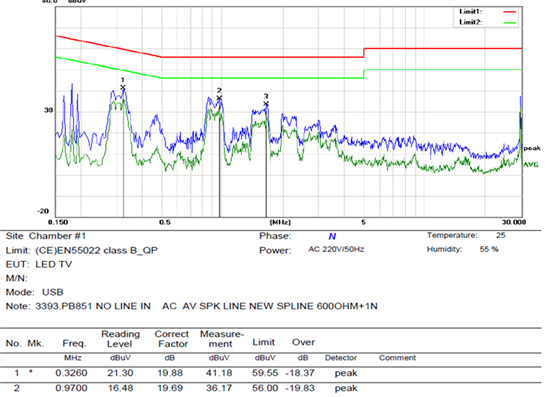The biggest challenge associated with Class D audio amplifiers is electromagnetic interference (EMI). EMI is traditionally reduced by external inductor-to-capacitor filtering, but this increases the cost, footprint and complexity of the terminal equipment.
TI has developed several closed-loop amplifiers, including the TPA3110 (released in 2010), which significantly reduces EMI by employing an advanced closed-loop power stage. In addition, TI has just released the TPA3140 Class D audio power amplifier, which contains some innovations that help deliver true inductorless performance even for speakers with cable lengths up to 1 meter. In the field of LCD TVS, where long speaker cables make meeting EMI requirements a challenge, such inductorless devices are already in production.
Edge rate control
One way to reduce EMI radiation is to reduce the voltage swing rate of the amplifier's output conversion. Because the TPA3140 uses a proprietary high-performance feedback topology, reducing the piezoswing rate does not reduce total harmonic distortion (THD) or audio quality. The fast Fourier Transform (FFT) image in Figure 1 shows the reduced high frequency content at the slower edge.

Spread spectrum clock
While edge rate control is an effective means of reducing EMI (when it occurs in the frequency range above 30MHz), it does not solve the problem of the basic carrier frequency and its associated harmonics (falling into the range below 30MHz) of the switched output of a Class D amplifier.
The TPA3140 includes a proprietary algorithm that adds a small amount of frequency modulation functionality to the amplifier's clock circuit. The algorithm does not affect the audio quality of amplification, but significantly reduces the peak energy of the switching frequency.
EMI result
Figure 2 shows EMI test results for TVS with speaker cable lengths approaching 1 meter. The red line is the quasi-peak limit, and the green line is the average limit.

Audio Performance:
< 0.05% THD + noise (N) (when power is 1W, resistance is 4Ω, frequency is 1kHz)
<65μV A weight output noise
Overall, the TPA3140 Class D audio power amplifier significantly reduces EMI, which allows for inductorless operation (saving major BOM costs without compromising audio quality).
免责声明: 本文章转自其它平台,并不代表本站观点及立场。若有侵权或异议,请联系我们删除。谢谢! Disclaimer: This article is reproduced from other platforms and does not represent the views or positions of this website. If there is any infringement or objection, please contact us to delete it. thank you! |


